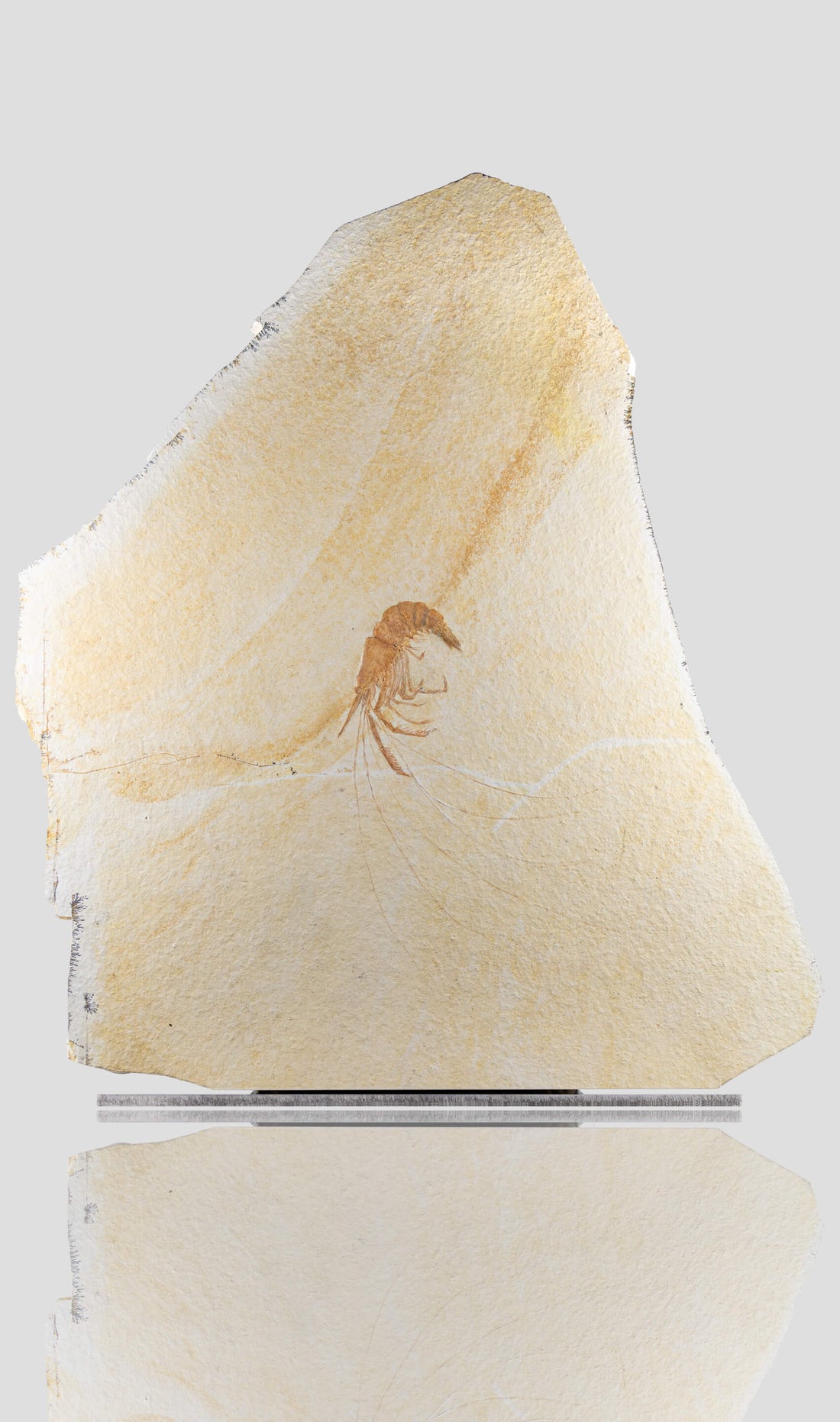If you're a fossil enthusiast or collector, the Acanthochirana longiceps is a remarkable specimen to consider adding to your collection...
Exploring the Fascinating World of Acanthochirana longiceps Fossil Shrimp

If you're a fossil enthusiast or collector, the Acanthochirana longiceps is a remarkable specimen to consider adding to your collection. This extinct genus dating back to the Upper Jurassic period, offers a glimpse into ancient marine life. Here's an easy to read guide highlighting three unique aspects of the Acanthochirana longiceps, complete with intriguing facts for each topic whether your new to the hunt or already an avid collector...
Ancient Origins and Evolutionary Significance
- Acanthochirana longiceps lived during the Upper Jurassic period, approximately 150 million years ago, in what is now Germany.
- It belongs to the Aegeridae family, closely related to modern-day shrimp and prawns, providing insights into crustacean evolution.
- Distinguished by its toothed rostrum, setting it apart from similar genera like Aeger.
- Inhabited shallow marine environments, offering clues about ancient ocean ecosystems and such specimens are rare, making well-preserved fossils highly sought after by collectors and as such
- Exceptional preservation in limestone deposits has allowed detailed study of its anatomy.
Fossilisation and Preservation
- Found in the Solnhofen limestone deposits, known for preserving fine details of ancient organisms.
- Some specimens exhibit preserved muscle structures, offering rare insights into soft tissue anatomy.
- The fossilised exoskeletons reveal intricate details, including segmented bodies and appendages.
- Fossils sometimes retain traces of original pigmentation, hinting at the creature's appearance.
- Rapid burial in anoxic conditions contributed to the remarkable preservation of these fossils.
- Advanced preparation methods, such as acid preparation, are employed to reveal delicate structures.
Aesthetic and Collectible Appeal
- Well-preserved specimens make striking display pieces for home or office decor.
- Serves as an excellent educational tool for understanding prehistoric marine life.
- Some fossils are showcased in artistic mounts, enhancing their visual appeal.
- Due to their rarity, these fossils can appreciate in value over time.
- Owning a specimen is a testament to one's dedication to palaeontology and fossil collecting.
- A fossilised Acanthochirana longiceps makes a unique and thoughtful gift for enthusiasts.
Interested in Owning a Fossil Acanthochirana longiceps?
These fossils not only serve as a window into ancient marine life but also as a valuable addition to any collection. Their exceptional preservation and unique features make them a standout choice for collectors and enthusiasts alike.







